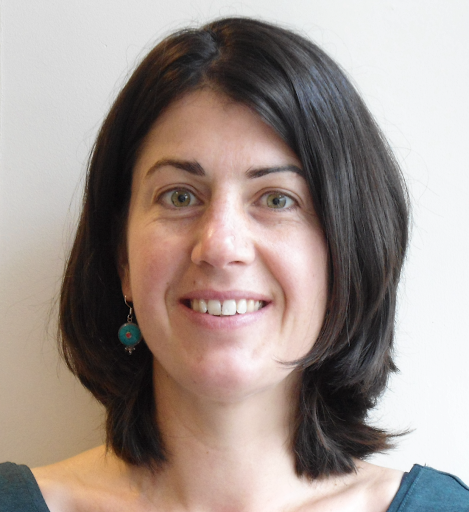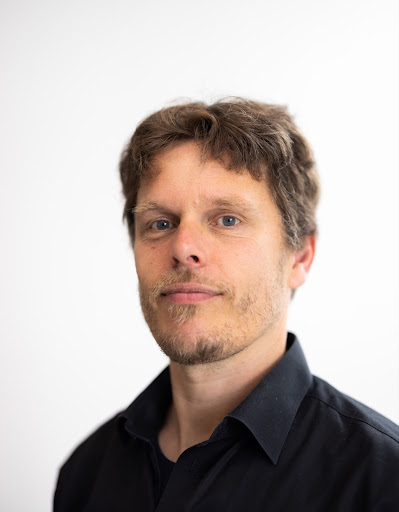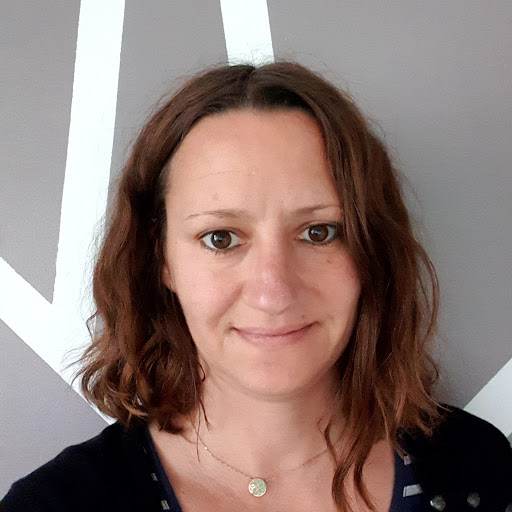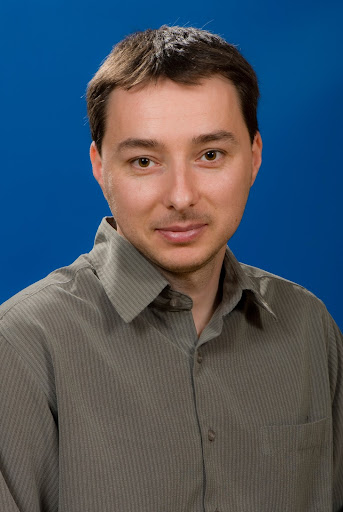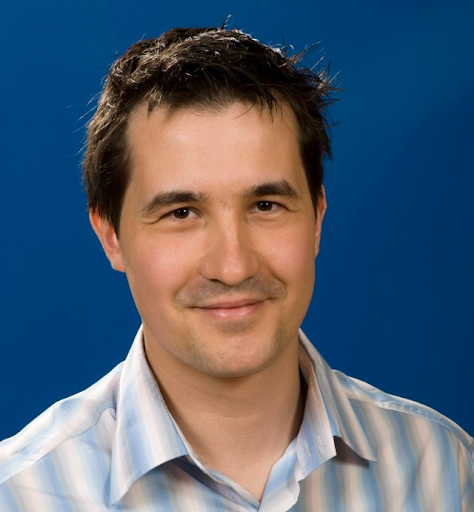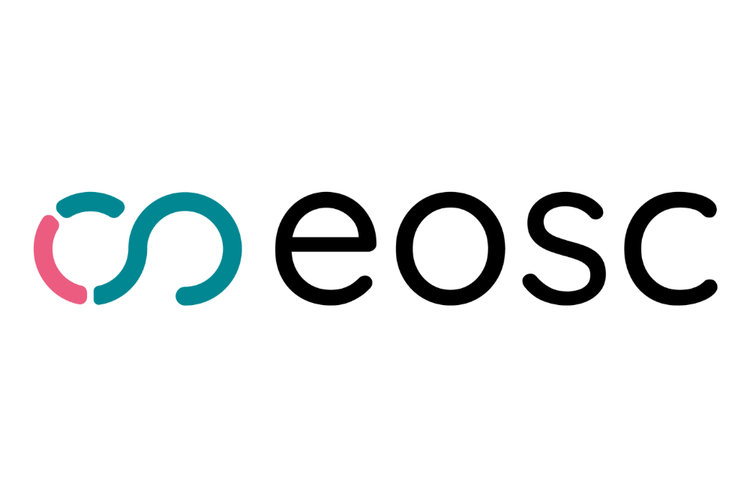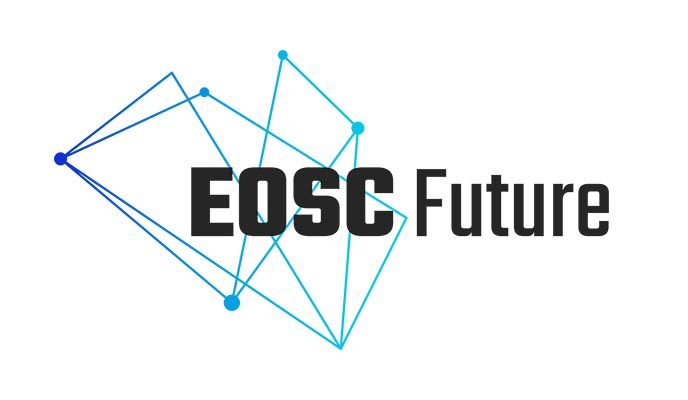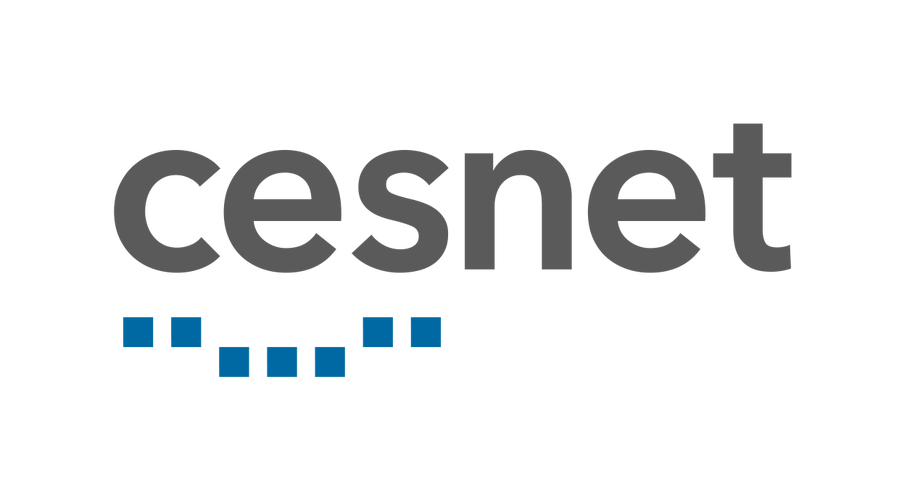Use cases demonstrating the added value of EOSC
About the session
This session aims to demonstrate a broad range of use cases from across Europe to showcase the value and applicability of EOSC. The Talks will pitch on various success stories from open source services, through collaborative approaches, to cutting-edge implementations of EOSC that may serve as catalysts in multidisciplinary, breakthrough innovation as well as in mainstreaming Open Science for the broader stakeholder community.
Participants will get an overview of the added value of EOSC to not only the researcher community but also to the society as a whole, through providing the means to the scientific community to co-create and co-elaborate in various scientific domains. Our speakers are knowledgeable researchers, from across Europe, with a wide-range of expertise and are all engaged in significant projects that have the potential in addressing socio-economic and environmental issues.
These use cases can serve as practical, hands-on examples for interested researchers, policy makers and decision makers from all levels on how, why and for what EOSC can be applied.
Agenda
| Timing | Topic | Speakers |
| 9.00-9.04 | Introduction | Ari Asmi |
| 9.04-9.12 | Talk #1 OpenCoastS – Presentation | Alberto Azevedo, (LNEC) |
| 9.12-9.20 | Talk #2 Using EOSC digital services to consolidate project digital infrastructures at Observatoire de Paris – Presentation | Baptiste Cecconi, (Observatoire de Paris) |
| 9.20-9.28 | Talk #3 Building a Climate indices dataset for climate change impacts assessment using EGI-ACE EOSC resources – Presentation | Christian Pagé, (CERFACS) |
| 9.28-9.36 | Talk #4 Go Triple platform, a central access point for social sciences and humanities – Presentation | Emilie Blotiere, (CNRS (Huma-Num) and OPERAS RI) |
| 9.36-9.44 | Talk #5 Case studies demonstrating the added value of FAIRCORE4EOSC components – Presentation | Fanny Adloff, (DKRZ) |
| 9.44-9.52 | Talk #6 New opportunities for self-financed services – Presentation | Jan Mejer, (SIKT) |
| 9.52-10.00 | Talk #7 Sharing phenotyping data: Deploying The open-source Phenotyping Hybrid Information System PHIS on the EGI Infrastructure – Presentation | Isabelle Alic, (INRAE) |
| 10.00-10.08 | Talk #8 Distributed Deep Learning by Horovod – Presentation | Jozsef Kovacs, (SZTAKI) |
| 10.08-10.14 | Talk #9 A catalogue app for the food and nutrition security cloud (FNS-Cloud) – Presentation | Karl Presser, (Premotec GmbH) |
| 10.14-10.22 | Talk #10 Easy quantum resource access for EOSC users – Presentation | Zoltan Farkas, (SZTAKI) |
| 10.22-10.30 | Talk #11 EUDAT use cases – Presentation | Themis Zamanı, (GRNET) |
About the talks and relevance for the EOSC
Talk #1 – OpenCoastS
OPENCoastS is an online open-source service that assembles on-demand coastal dynamics forecast systems and keeps them running operationally for a period defined by the user. This service targets the needs of different users, from researchers to coastal managers, supporting a better understanding of the physical and ecological coastal processes. OPENCoastS+ extends from OPENCoastS to integrate water quality and generates 2-day forecasts of water dynamics circulation and water quality variables. The importance of the EOSC infrastructure in developing these services, which are at the core of the operation of the new coastal Digital Twins, user-driven platforms for enhanced coastal management, is paramount. OPENCoastS has been used by over 500 people from 65 countries from 5 continents.
Relevance for EOSC : The OPENCoastS service is an example of a successful EOSC integration use case developed under projects EOSC-hub and EGI-ACE. Being open-source software for use (https://opencoasts.ncg.ingrid.pt/) and development (https://gitlab.com/opencoasts/eosc-hub) and through OPENCoastS vast community of users, EOSC capacity and resource usage were disseminated, which indeed attract new communities and new thematic services to be integrated in the future to address the many societal challenges that we face.
Talk #2 – Using EOSC digital services to consolidate project digital infrastructures at Observatoire de Paris
EOSC is proposing a complete set of services that can be used to build distributed digital infrastructures. The PADC (Paris Astronomical Data Centre) team at Observatoire de Paris has explored some of the services and included them into some digital infrastructure projects, making them partly distributed. We show our usage of eduTEAMS AAI , EGI compute VMs, B2share community and B2safe storage, and how our projects are benefiting from those online services.
Relevance for EOSC: Being member for several EOSC-related working groups, it seems that EOSC has difficulties to show cas what EOSC can bring to projects. I prepared this presentation to fill this gap, using my own experience using EOSC in projects I’m working with.
Talk #3 – Building a Climate indices dataset for climate change impacts assessment using EGI-ACE EOSC resources
Climate change impacts assessment often need specialized products. Climate indices can be used to characterize climate change and its impact on several aspects of the society. Datasets provided on the climate data infrastructure are climate model output and only provide standard variables. A package to calculate climate indices, icclim, is currently developed within the H2020 IS-ENES3 project. Providing those users datasets of climate indices pre-computed on CMIP6 simulations will be very valuable. EOSC is providing computing and storage resources through H2020 EGI-ACE, enabling the possibility to compute those climate indices on a large number of CMIP6 simulations.
Relevance for EOSC: My talk is on a Use Case using EOSC resources supported by EGI-ACE. It is a good example on how EOSC resources can be used to address the climate challenge and help researchers to accelerate their work. It will enables researchers the use of a much larger number of climate simulations to better assess the uncertainties. This will be very valuable to address the climate change impact challenges in several domains, and EOSC resources are key to generate, store and distribute a climate indices database.
Talk #4 – Go Triple platform, a central access point for social sciences and humanities
The platform GoTriple provides a central access point for users to explore, find, access and reuse social sciences and humanities materials at European scale (data and publications, researcher’s profiles, projects). A live demo will highlight the main features of this multilingual service devoted to increasing the impact of social sciences and humanities on societies. Users can find appropriate resources to support their own research and develop collaborative and interdisciplinary projects: different innovative tools are plugged to the platform to enhance the overall user experience. The main strengths of this platform are: the enrichment process of the data that are automatically and continuously harvested with the active support of 11 languages for both resources and classification capabilities. GoTriple is part of the EOSC catalogue.
Relevance for EOSC: It will present one of the major social sciences and humanities services developed through an infraeosc call that is the result of the collaboration of more than 20 organizations in Europe, amongst them 4 European Strategy Forum on Research Infrastructures (DARIAH, CESSDA, CLARIN and OPERAS). This innovative multilingual and multicultural discovery solution for the social sciences and humanities (SSH) is of interest for all researchers to access SSH resources but even the challenges that were part of the technical development of the platform are useful to the EOSC symposium community: alignment of data models and controlled vocabularies, data and metadata enrichment, multilingualism, PIDs, AAI, crowdfunding service, etc.
Talk #5 – Case studies demonstrating the added value of FAIRCORE4EOSC components
We will introduce the case studies from the FAIRCORE4EOSC project with a focus on highlighting how a large spectrum of research communities and national infrastructures will benefit from the components developed in the project. On top of general benefits, we will provide user stories to depict concrete examples showcasing possible utilisation of the components. Ultimately, all developed components will be fully integrated in EOSC and profit from the added value of the EOSC core services.
Relevance for EOSC: It highlights the benefits from using components being specifically developed for EOSC-Core.
Talk #6 – New opportunities for self-financed services
I’d like to share with the audience a view of the longer term business and service delivery opportunities the EOSC brings to a self-financed service offered by national service providers. I will use the FileSender data transfer infrastructure to illustrate the narrative.
Relevance for EOSC: The talk contributes to the community’s understanding of how EOSC changes the service delivery boundary conditions in the research service ecosystem and gives an example of how EOSC-related service delivery does not necessarily require EC funding
Talk #7 – Sharing phenotyping data: Deploying The open-source Phenotyping Hybrid Information System PHIS on the EGI cloud
To address the challenge of sharing and reusing data in plant phenomics community, the EGI-ACE program has given us the opportunity to host the open-source Phenotyping Hybrid Information System PHIS.
PHIS manages data from High Throughput Phenotyping experiments on a day to day basis. Its ontology-driven architecture is a powerful tool for integrating and managing heterogeneous data (e.g. images, spectra, growth curves) and multi-spatial and temporal scale data (leaf to canopy level) from multiple experiments and platforms.
The objective is to deploy several instances of PHIS on the EGI cloud, and to allow the interconnection of these data thanks to the Breeding API-compliant web services of PHIS.
Relevance for EOSC: In recent years, technological progress has been made in plant phenomics. Various initiatives have helped to structure the european phenotyping landscape (EMPHASIS, EPPN) and enable researchers to use facilities, resources and services. To address the challenge of sharing and reusing data within this community, the EGI-ACE program has given us the opportunity to deploy data services on a federated and interoperable e-infrastructure.
Talk #8 – Neanias project adopting the “Distributed Deep Learning by Horovod” EOSC service
The H2020 Neanias project has recently onboarded the “Distributed Deep Learning by Horovod” EOSC service. It supports the development but primarily the training of deep neural networks in a distributed way. The distributed training of the machine learning models are based on Horovod providing a highly efficient and scalable solution on hundreds of GPUs. The service is currently operated on resources provided by EGI-ACE and the Hungarian ELKH cloud. Access to the service is realised by customised Jupyter environments with various facilities such as monitoring to provide a comfortable environment for AI developers.
Relevance for EOSC: The talk aims to promote an EOSC service that introduces distributed training of machine learning algorithms. This highly scalable solution gives an advantage for EOSC users in accelerating model training by its simple and powerful functionalities. The service contributes to the successful and efficient work of EOSC AI community especially to the work of AI developers and data scientists. Moreover, the service represents only one step towards a more feature rich solution which is currently being designed and will be supported by EGI-ACE and EGI.eu.
Talk #9 – A catalogue app for the food and nutrition security cloud (FNS-Cloud)
The Food Nutrition Security Cloud (FNS-Cloud) project is as a thematic EOSC cloud and is faced with a highly fragmented resource landscape in food science. A catalogue app was implemented using a topic map to represent and classify the food domain. The catalogue app uses general tags and topic-specific tags. Specific tags can only be used if a resource belongs to a specific topic in the research map, are tailor-made and allow more user-friendly searches. Another feature allows to link resources which can be used if resources are based on each other. The app can also present search results in a graphical way along the food supply chain (from farm to fork). This provides user more information than classical list results and shows where resources are available and where resources are missing.
Relevance for EOSC: The resources in food science are highly distributed so that central databases hardly exist. If researchers want to find data records, a catalogue app must provide some more information as only dataset metadata. Therefore, some business logic of central databases needs to be implemented in the catalogue app. This finding could be interesting and inspiring for EOSC to see how thematic clouds needs to implement catalogues to satisfy user and community requirements. The second inspiring concept could be the visualisation of search results which provide more information for researchers than classical search results that are presented as list of entries
Talk #10 – Easy quantum resource access for EOSC users
In the talk we present a container-based reference architecture allowing the exploitation of different quantum resources, supported by ready-to-use samples. The architecture contains a Jupyter Lab service, with all the dependencies installed required to gain access to quantum resources provided by D-Wave, Amazon Web Services, IBM or Google. Additionally, the included Jupyter Lab offers a number of sample applications demonstrating the usability and advantages of quantum resources. Following the samples, users of the reference architecture can easily learn how to gain access to real quantum hardware, how to formalize problems, and how to implement solutions for the problems. The samples cover multiple application domains, like manufacturing problems, or machine learning applications.
Relevance for EOSC: The container-based reference architecture allows easy deployment in multiple versatile environments, like a laptop or cloud infrastructures. This implementation allows the easy publication of the reference architecture in EOSC, possibly as a service. Additionally, the service can be published as an EGI-ACE Notebook environment. Once published, the service will allow EOSC users to experiment with quantum resources easily, through a user-friendly Jupyter Notebook environment. Also, the reference architecture may be used as a starting point to add quantum hardware the the set of resources offered by EOSC.
Talk #11 – EUDAT use cases
The EUDAT Collaborative Data Infrastructure (or EUDAT CDI) is one of the largest infrastructures of integrated data services and resources supporting research in Europe. EUDAT has a portfolio of services that follow the data lifecycle and are used by various communities in EOSC. At the same time behind the scenes a list of Operation and Collaboration Tools covers the whole life-cycle (from planning to delivery ) of EUDAT B2* services. These tools cover a set of functions common with EOSC-Core services, act as “the glue” to EOSC, and have been made fully compatible with it. While the EOSC ecosystem and its requirements are constantly evolving we would like to present via this talk the position of EUDAT in EOSC with a concrete example of integration with the EOSC Core services.
Relevance for EOSC: This talk focuses on one of the key topics of EOSC. The integration of EUDAT with the EOSC and especially EOSC Core. This responds to the question, how can researchers and communities learn, engage and make use of EUDAT B2 Services? The work done during the last 2 years via various EU funded projects and via the EUDAT service owners lead EUDAT to play an important role in the EOSC ecosystem. The EUDAT managed to simplify the EOSC landscape for the users, providers and members of EUDAT CDI.
(RE)WATCH
Do you want to (re)watch the session? Take a look below.
If you want to (re)live the full Symposium? Take a look at the EOSC Portal youtube channel.




